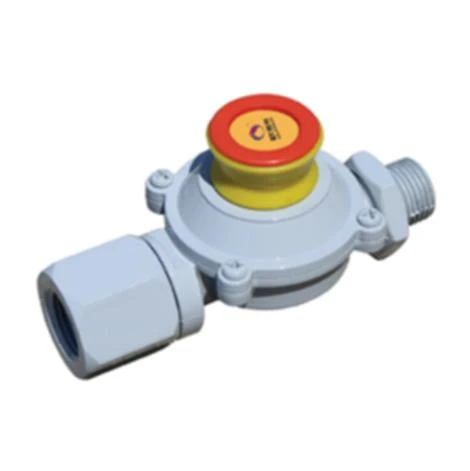
10 月 . 21, 2024 13:38
Back to list
Understanding the Function and Benefits of Electric Auxiliary Heaters in Modern Heating Systems
Understanding Electric Auxiliary Heaters Functionality, Applications, and Benefits
As demand for energy efficiency and sustainability grows, homeowners and businesses are continually seeking innovative solutions to enhance heating systems. One such solution is the electric auxiliary heater. These devices serve a vital role in modern heating systems, ensuring comfort and efficiency, especially in colder climates. In this article, we will delve into the functionality, applications, and benefits of electric auxiliary heaters.
What is an Electric Auxiliary Heater?
An electric auxiliary heater is a supplementary heating device that enhances the performance of primary heating systems, typically heat pumps. These heaters are particularly useful in areas where temperatures can drop significantly, placing additional strain on the primary heating unit. By providing supplementary warmth, electric auxiliary heaters help to maintain a comfortable indoor environment while ensuring that primary units operate more efficiently.
How Do They Work?
Electric auxiliary heaters typically operate by using electric resistance heating. When the temperature outside falls below a certain threshold, the heat pump may not have sufficient capacity to extract enough heat from the cold outdoor air. In such instances, the auxiliary heater activates to supplement the heating process, ensuring that the indoor space stays warm and comfortable.
These heaters can be installed directly into the ductwork of a forced-air system or can be used as standalone units. When integrated into a heat pump system, they automatically turn on when needed, based on temperature sensors and the control system of the heating unit.
Applications of Electric Auxiliary Heaters
Electric auxiliary heaters are versatile and can be used in various settings
1. Residential Heating Many homeowners utilize electric auxiliary heaters in conjunction with heat pumps to provide consistent warmth during winter months. They are particularly popular in regions with harsh winters, where primary heating systems may struggle.
electric auxiliary heater

2. Commercial Spaces Businesses, especially those in retail or hospitality, leverage the efficiency of electric auxiliary heaters to maintain a pleasant atmosphere for customers and employees alike. These systems can be integrated into larger HVAC systems, providing flexibility in temperature control.
3. Industrial Use In industrial settings, electric auxiliary heaters can help maintain optimal temperature conditions for machinery and processes that are temperature-sensitive. This ensures production efficiency and prevents equipment malfunctions due to extreme cold.
Benefits of Electric Auxiliary Heaters
1. Energy Efficiency One of the most considerable advantages of electric auxiliary heaters is their ability to enhance the efficiency of primary heating systems. By only activating when necessary, they help reduce overall energy consumption.
2. Cost-Effectiveness While electric auxiliary heaters do consume electricity, they often result in lower heating bills when compared to less efficient heating methods. By allowing the primary system to operate more efficiently, overall energy costs can be minimized.
3. Improved Comfort These heaters ensure that indoor environments remain comfortable, even during sudden drops in temperature. With consistent heating, occupants experience fewer cold spots and improved air quality.
4. Easy Installation Electric auxiliary heaters are relatively easy to install, whether as part of a new heating system or as a retrofit to an existing one. This flexibility makes them an attractive option for many homeowners and businesses.
5. Environmentally Friendly Many electric auxiliary heaters are designed with environmentally friendly technologies in mind. Their ability to work in tandem with heat pumps, which are frequently powered by renewable energy sources, makes them a more sustainable choice compared to traditional heating methods that rely on fossil fuels.
Conclusion
Electric auxiliary heaters represent an efficient and versatile solution to modern heating challenges. Their ability to complement primary heating systems, enhance energy efficiency, and ensure consistent indoor comfort makes them a valuable asset in both residential and commercial applications. As we continue to prioritize sustainability and efficiency in our energy practices, understanding and implementing technologies like electric auxiliary heaters will play an essential role in shaping the future of heating solutions.
Latest news
-
Unlocking The Quality Gas Pressure ReducersNewsNov.01,2024
-
The Role of Gas Pressure Reducing StationsNewsNov.01,2024
-
The Importance and Functionality of Safety Relief ValvesNewsNov.01,2024
-
The Essential Role of Safety Valves in Natural Gas ApplicationsNewsNov.01,2024
-
The Essential Role of Gas Pressure RegulatorsNewsNov.01,2024
-
Enhance Your Premium Gas FiltersNewsNov.01,2024

